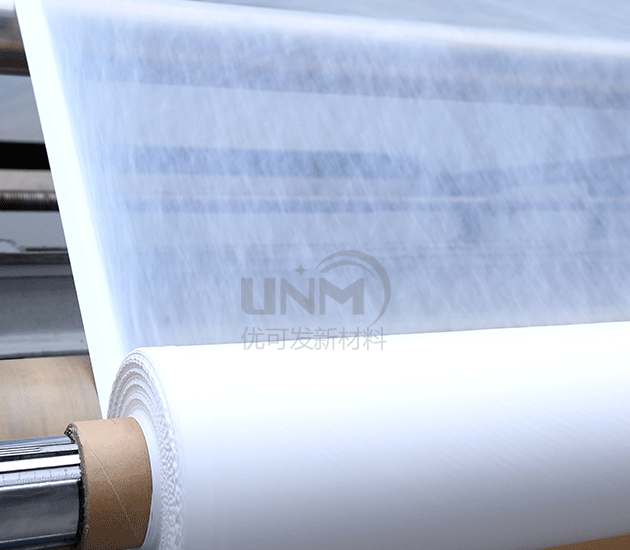In the field of water treatment, the MBR process is a very common treatment process. However, there are many forms of membrane modules for this process. The following polytetrafluoroethylene hollow fiber membrane manufacturers will take you to take a look.

Commonly used membrane module forms in the MBR process include: plate and frame type, round tube type, and hollow fiber type. Plate and frame type: It is a membrane module form that was first used in the MBR process. Its appearance is similar to an ordinary plate and frame filter press. The advantages are: simple manufacturing and assembly, convenient operation, easy maintenance, cleaning and replacement. The disadvantages are: the sealing is complicated, the pressure loss is large, and the filling density is low.
Circular tube type: It is composed of a membrane and a membrane support, and has two operating modes: internal pressure type and external pressure type. In practice, the internal pressure type is mostly used, that is, the inlet water flows in from the inside of the tube and the permeate flows out from the outside of the tube. The membrane diameter is between 6~24mm. The advantages of the circular tube membrane are: the material liquid can control the turbulent flow, is not easy to block, is easy to clean, and has small pressure loss. Disadvantages are: low filling density.
Hollow fiber type: the outer diameter is generally 40~250μm, and the inner diameter is 25~42μm. The advantages are: high compressive strength and not easy to deform. In MBR, components are often placed directly into the reactor without the need for a pressure-resistant container to form a submerged membrane bioreactor. Generally, it is an external pressure membrane module. The advantages are: high filling density; relatively low cost; long life, nylon hollow fiber membrane with stable physical and chemical properties and low water permeability can be used; the membrane has good pressure resistance and does not require supporting materials. Disadvantages are: sensitive to clogging, pollution and concentration polarization have a great impact on the separation performance of the membrane. Polytetrafluoroethylene hollow fiber membranes can be used.
General requirements for the design of MBR membrane modules: provide sufficient mechanical support for the membrane, smooth flow channels, no flow dead corners and still water areas; low energy consumption, try to Reduce concentration polarization, improve separation efficiency, and reduce membrane pollution; have the highest possible filling density, facilitate installation, cleaning, and replacement; and have sufficient mechanical strength, chemical and thermal stability. The selection of membrane modules should comprehensively consider their cost, filling density, application occasions, system processes, membrane pollution and cleaning, service life, etc.
The polytetrafluoroethylene hollow fiber membrane currently independently developed and produced is the core material of hollow fiber components. It has good mechanical strength, acid resistance, alkali resistance, and With oxidation, temperature resistance and other properties, it can be well used in harsh filtration, cleaning and use environments.
It is a high-tech enterprise focusing on the research and development, production and sales of polytetrafluoroethylene hollow fiber membrane, with nearly 8,000 employees. Square meters of factory building area, professional production equipment and powerful scale. If you are interested, please enter the store for consultation.
</p






